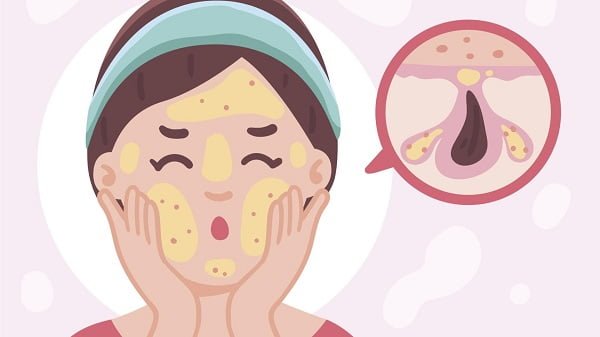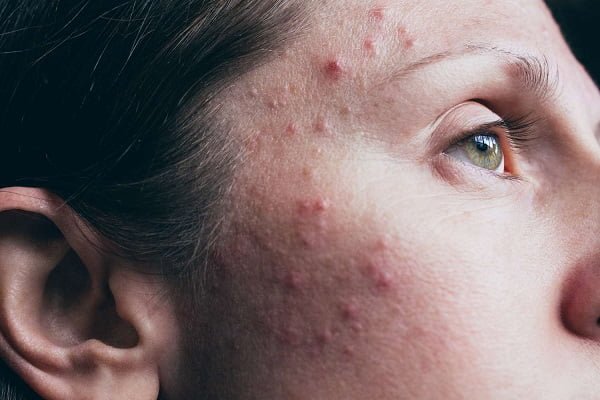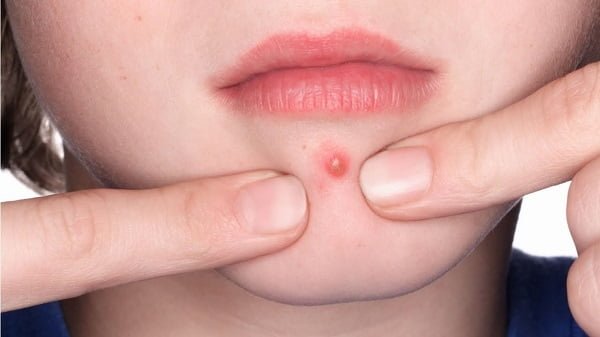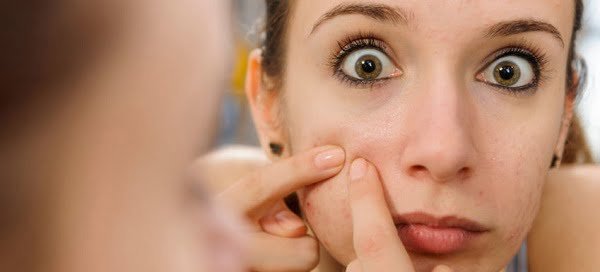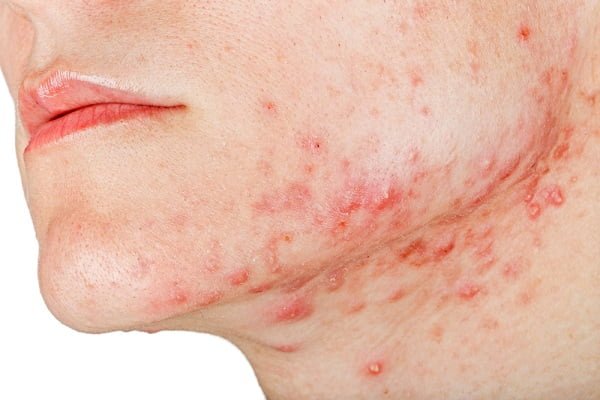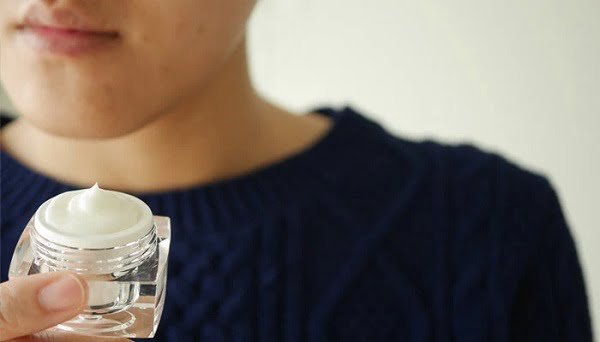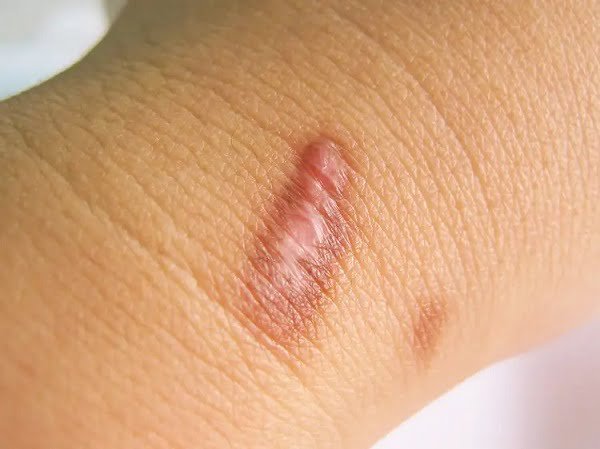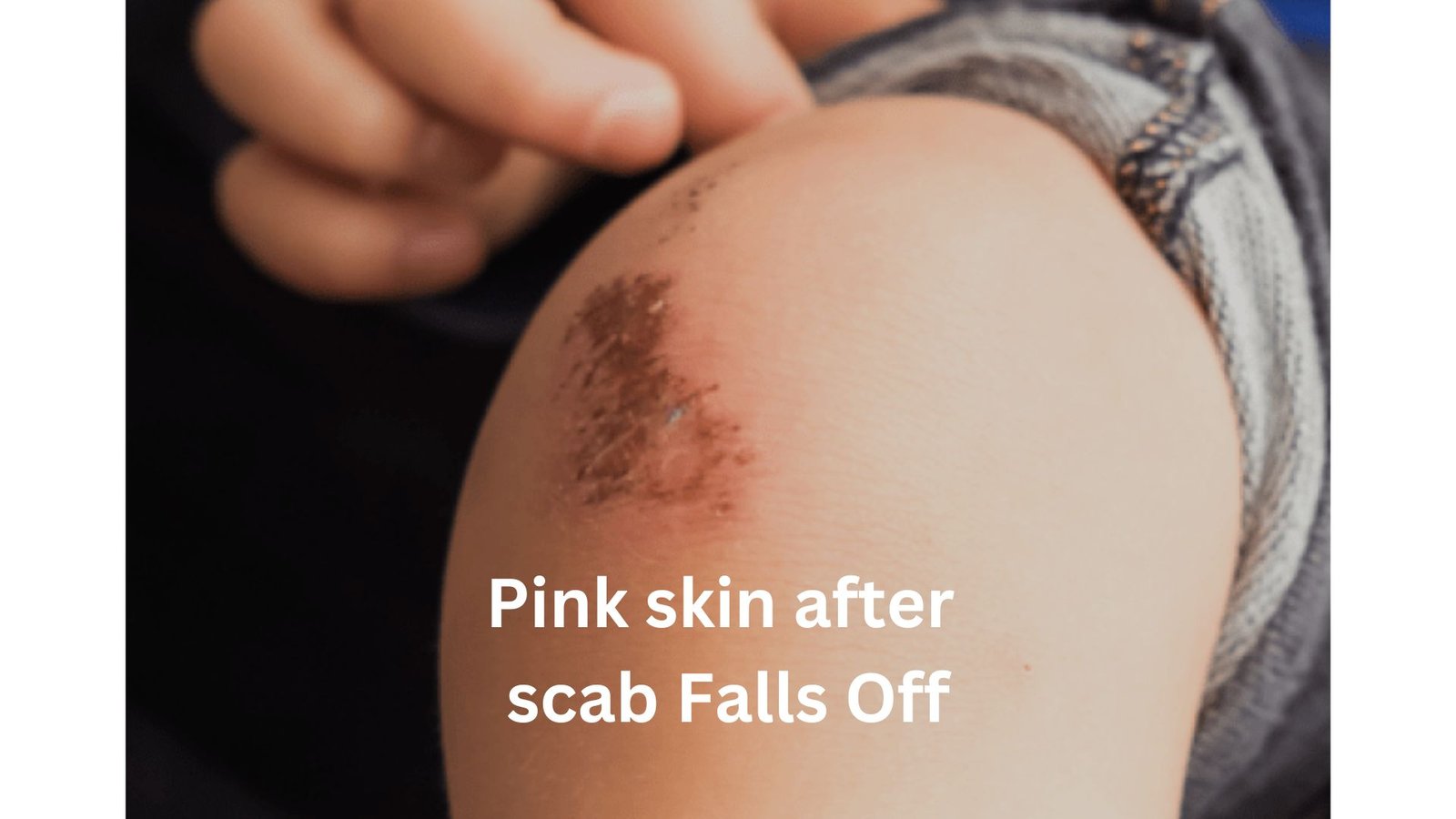Introduction
Clogged pores are a common skincare concern that can lead to a variety of issues, including acne. Understanding the connection between clogged pores and acne formation is crucial for effective skincare management. In this blog, we’ll delve into the mechanisms behind clogged pores, explore how they contribute to acne development, and discuss preventive measures and treatments to maintain clearer, healthier skin.
Acne formation is driven by several interrelated factors. The sebaceous glands produce an oily substance called sebum, which, when overproduced, can lead to pore congestion. Concurrently, the process of keratinization can become disrupted, causing dead skin cells to accumulate within hair follicles, resulting in clogged pores or comedones. Propionibacterium acnes (P. acnes), a bacteria naturally present on the skin, proliferates within these clogged pores, triggering an inflammatory response characterized by redness, swelling, and the formation of acne lesions. Hormonal fluctuations, especially during puberty and menstruation, can exacerbate acne by stimulating sebum production, while genetic factors contribute to an individual’s susceptibility to acne. Understanding these underlying mechanisms is crucial for developing effective acne treatments and interventions.
The Role of Pores in Skin Health:
Pores are tiny openings in the skin that allow oil (sebum) and sweat to reach the skin’s surface. They also serve as a pathway for hair follicles. Pores play a vital role in maintaining skin health by regulating oil production and temperature and facilitating the removal of dead skin cells and other impurities.
Understanding Clogged Pores:
Clogged pores occur when debris such as dead skin cells, excess oil, and bacteria become trapped within the pore, leading to blockages. When pores are clogged, they can appear larger and more noticeable, and they create an ideal environment for acne-causing bacteria to thrive.
The Link Between Clogged Pores and Acne Formation:
Blackheads and Whiteheads: Clogged pores can manifest as blackheads (open comedones) or whiteheads (closed comedones). Blackheads occur when the pore remains open and the trapped debris is exposed to air, causing it to oxidize and turn dark. Whiteheads occur when the pore is closed, trapping the debris beneath the skin’s surface.
Inflammation and Acne Lesions: When bacteria proliferate within clogged pores, they can trigger an inflammatory response from the immune system. This inflammation can lead to the formation of acne lesions, including papules, pustules, nodules, and cysts.
How to Identify clogged pores
Identifying clogged pores is essential for effective skincare management. Here are some common signs to help you identify clogged pores:
- Enlarged Pores: Clogged pores can appear larger and more prominent than usual, especially in areas prone to oiliness such as the T-zone (forehead, nose, and chin).
- Blackheads and Whiteheads: Blackheads (open comedones) and whiteheads (closed comedones) are classic signs of clogged pores. Blackheads appear as small dark spots on the skin’s surface, while whiteheads are similar but have a white or flesh-colored appearance due to being covered by a thin layer of skin.
- Rough Texture: Areas of the skin with clogged pores may feel rough or bumpy to the touch, indicating the presence of trapped debris within the pores.
- Dull or Congested Appearance: Skin with clogged pores may appear dull, congested, or lacking in radiance. This can be due to the buildup of dead skin cells and oil on the skin’s surface.
- Excess Oiliness: Clogged pores often result in an increase in oil production, leading to shiny or greasy skin, particularly in the T-zone.
- Pimple Formation: Clogged pores provide an ideal environment for acne-causing bacteria to thrive, increasing the likelihood of developing pimples, papules, pustules, nodules, or cysts.
- Black or White Spots: In addition to blackheads and whiteheads, clogged pores may also appear as black or white spots beneath the skin’s surface, indicating trapped debris within the pore.
- Visible Sebum Plugs: In some cases, clogged pores may manifest as visible sebum plugs, which appear as small, raised bumps containing hardened oil and debris.
Preventive Measures and Treatments:
Gentle Cleansing: Adopt a regular skincare routine that includes gentle cleansing to remove dirt, oil, and impurities from the skin’s surface.
Exfoliation: Incorporate exfoliation into your skincare routine to slough off dead skin cells and prevent pore congestion. Choose gentle exfoliants such as salicylic acid or alpha hydroxy acids (AHAs).
Non-comedogenic Products: Use non-comedogenic skincare and makeup products to avoid further clogging pores.
Topical Treatments: Consider using topical treatments containing ingredients like benzoyl peroxide, salicylic acid, or retinoids to target acne-causing bacteria and promote pore clearance.
Professional Treatments: Consult a dermatologist for professional treatments such as chemical peels, microdermabrasion, or extractions to address stubborn clogged pores and acne lesions.
Conclusion:
Clogged pores are a common precursor to acne formation, making them a significant concern for skincare enthusiasts. By understanding the mechanisms behind clogged pores and acne development, adopting preventive measures, and implementing appropriate treatments, you can effectively manage pore congestion and maintain clearer, healthier skin. Remember, consistency and patience are key on the journey to achieving your skincare goals.
FAQs related to "clog pores can cause acne formation"
Clogged pores provide a breeding ground for acne-causing bacteria, leading to inflammation and the formation of acne lesions such as blackheads, whiteheads, pimples, and cysts.
Acne lesions commonly associated with clogged pores include blackheads (open comedones), whiteheads (closed comedones), papules, pustules, nodules, and cysts.
Yes, untreated clogged pores can progress to more severe forms of acne, such as inflammatory acne, nodular acne, or cystic acne, which are characterized by deep, painful lesions and an increased risk of scarring.
Yes, areas of the face with a higher concentration of oil glands, such as the forehead, nose, and chin (T-zone), are more prone to clogged pores and acne formation. However, acne can occur on other parts of the face, as well as the neck, chest, back, and shoulders.
Several factors can contribute to clogged pores and acne formation, including excess oil production, hormonal fluctuations, genetics, poor skincare habits, dietary factors, and environmental influences such as pollution and humidity.
Preventive measures include adopting a regular skincare routine that includes gentle cleansing, exfoliation, and the use of non-comedogenic skincare products. Avoiding pore-clogging ingredients, practicing good hygiene, managing stress levels, and maintaining a healthy diet can also help prevent clogged pores and acne.
If over-the-counter skincare products fail to effectively manage clogged pores and acne or if you experience severe inflammation, scarring, or persistent breakouts, it may be time to consult a dermatologist. A dermatologist can provide personalized recommendations and treatments to address your skincare concerns effectively.

